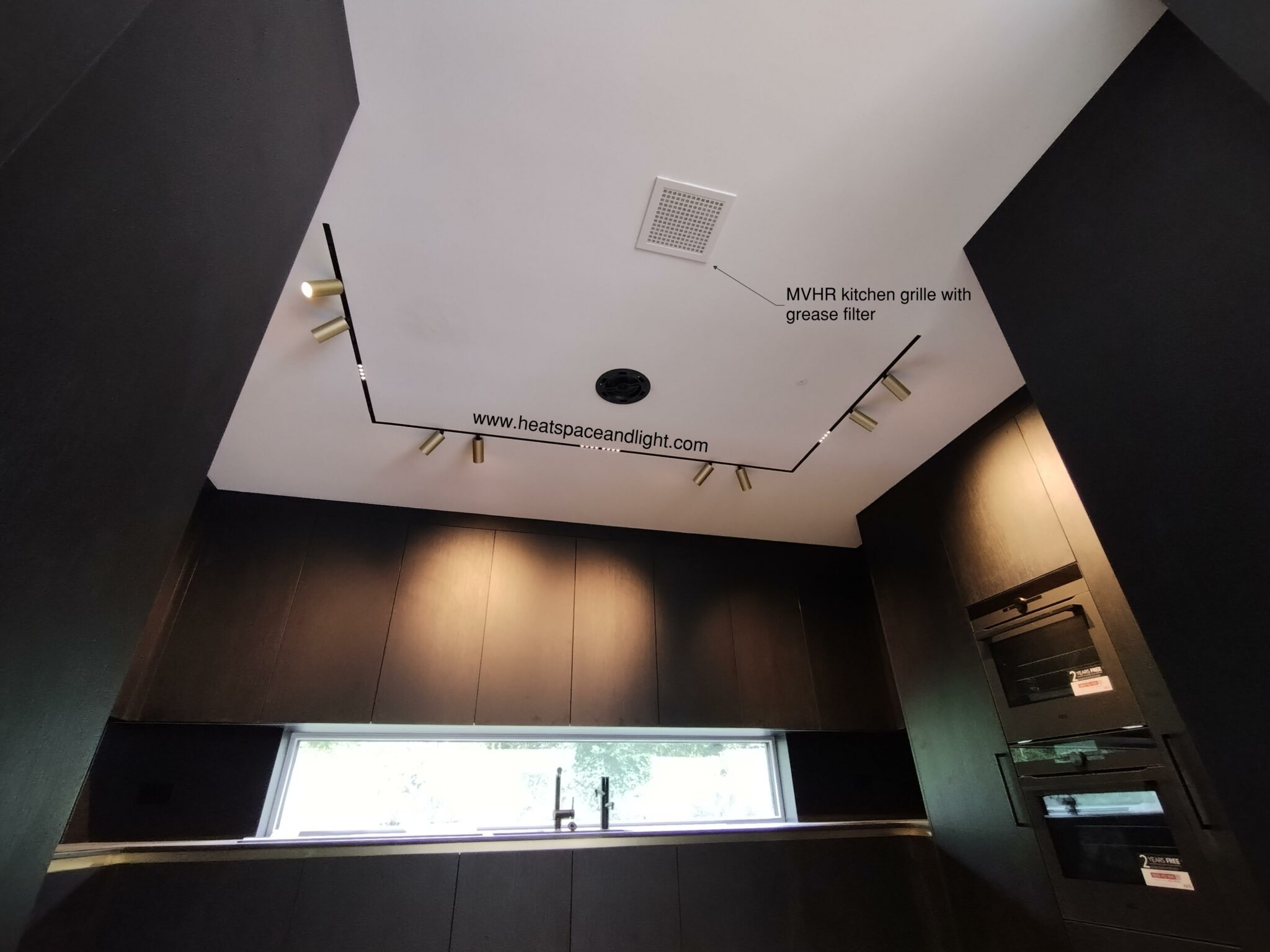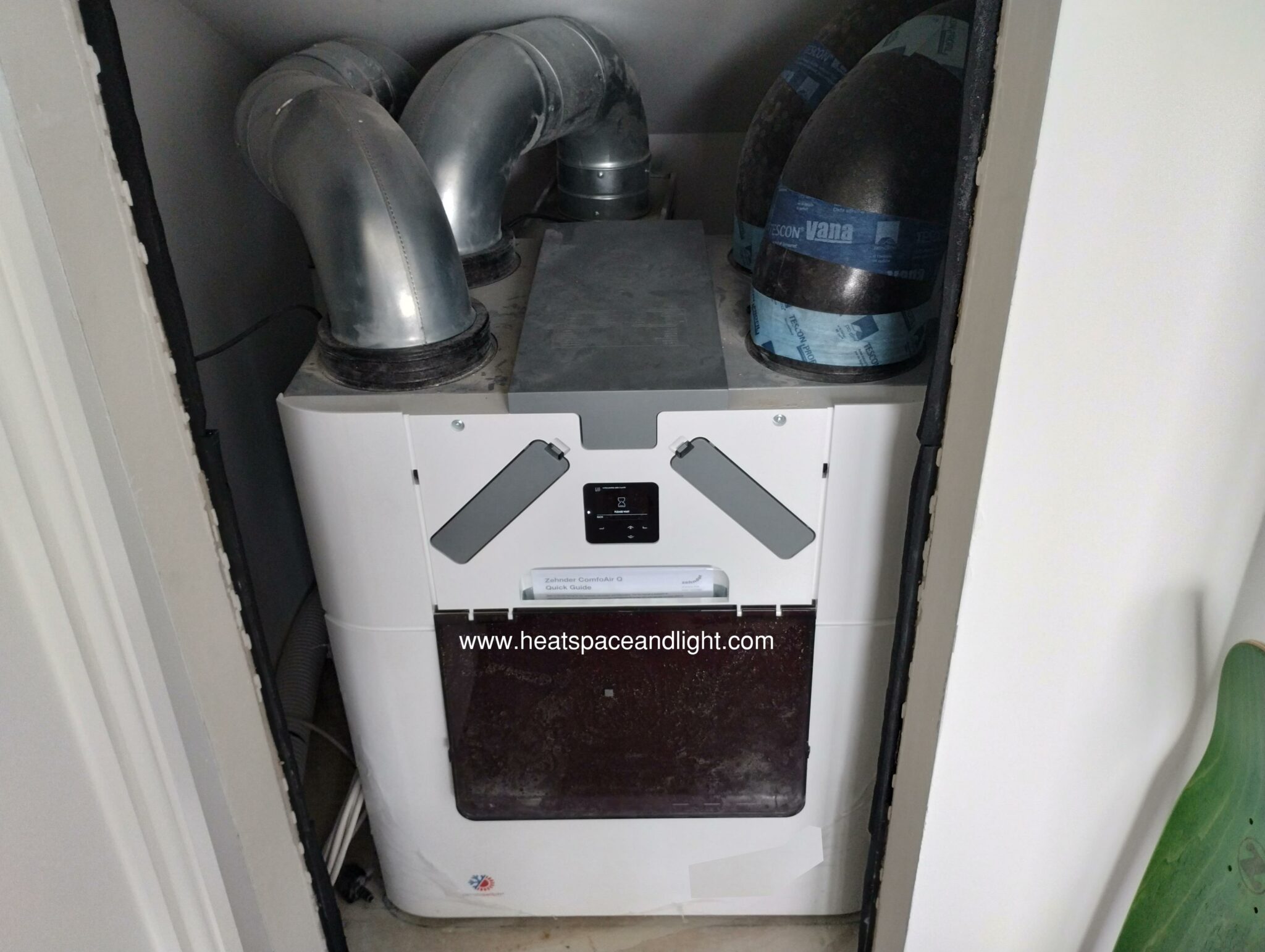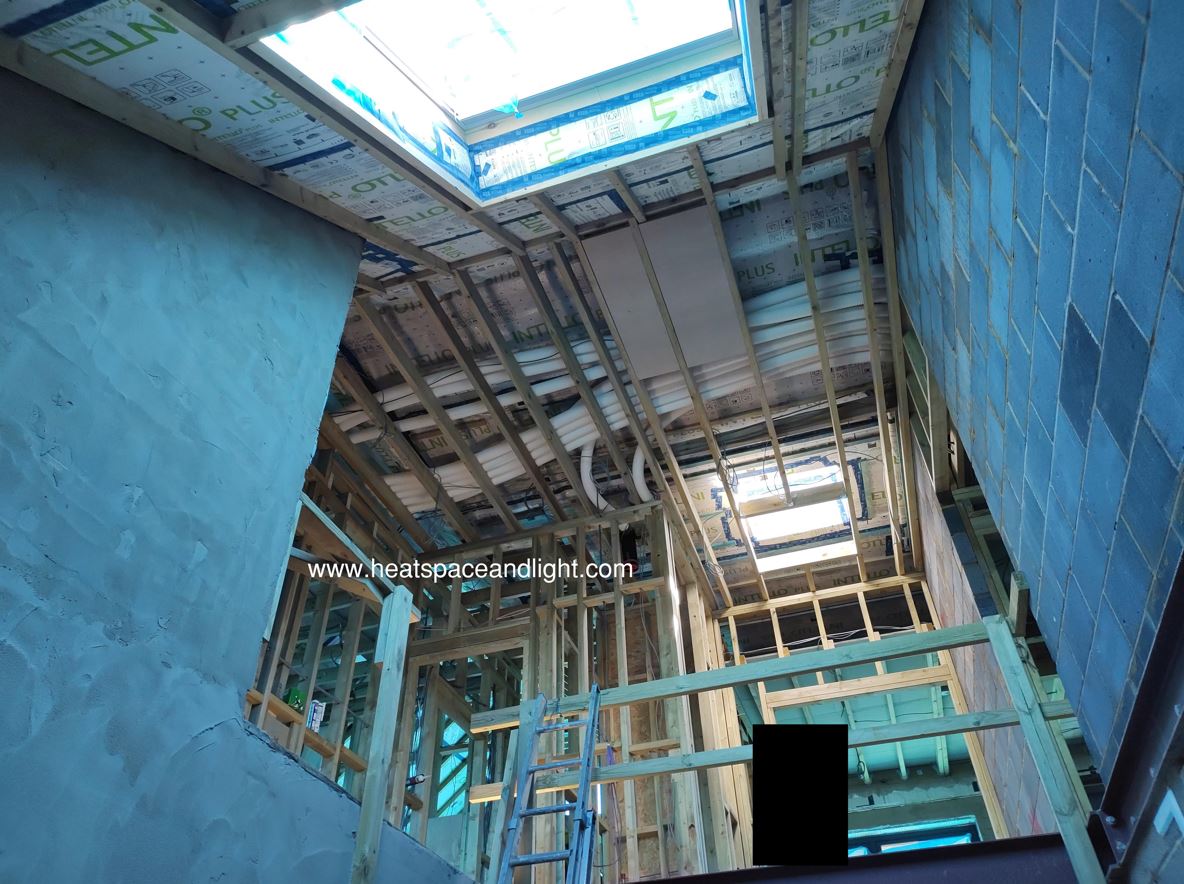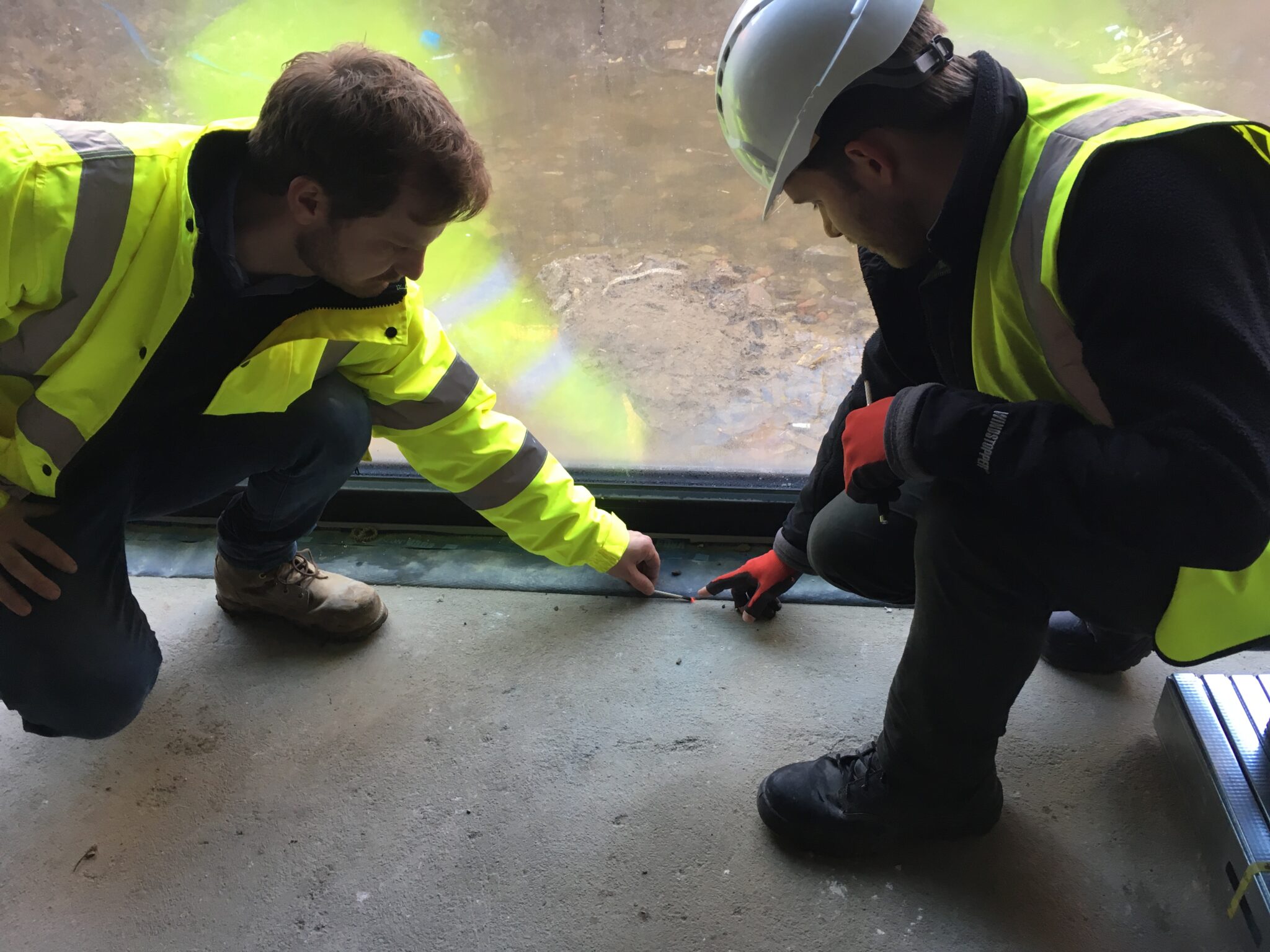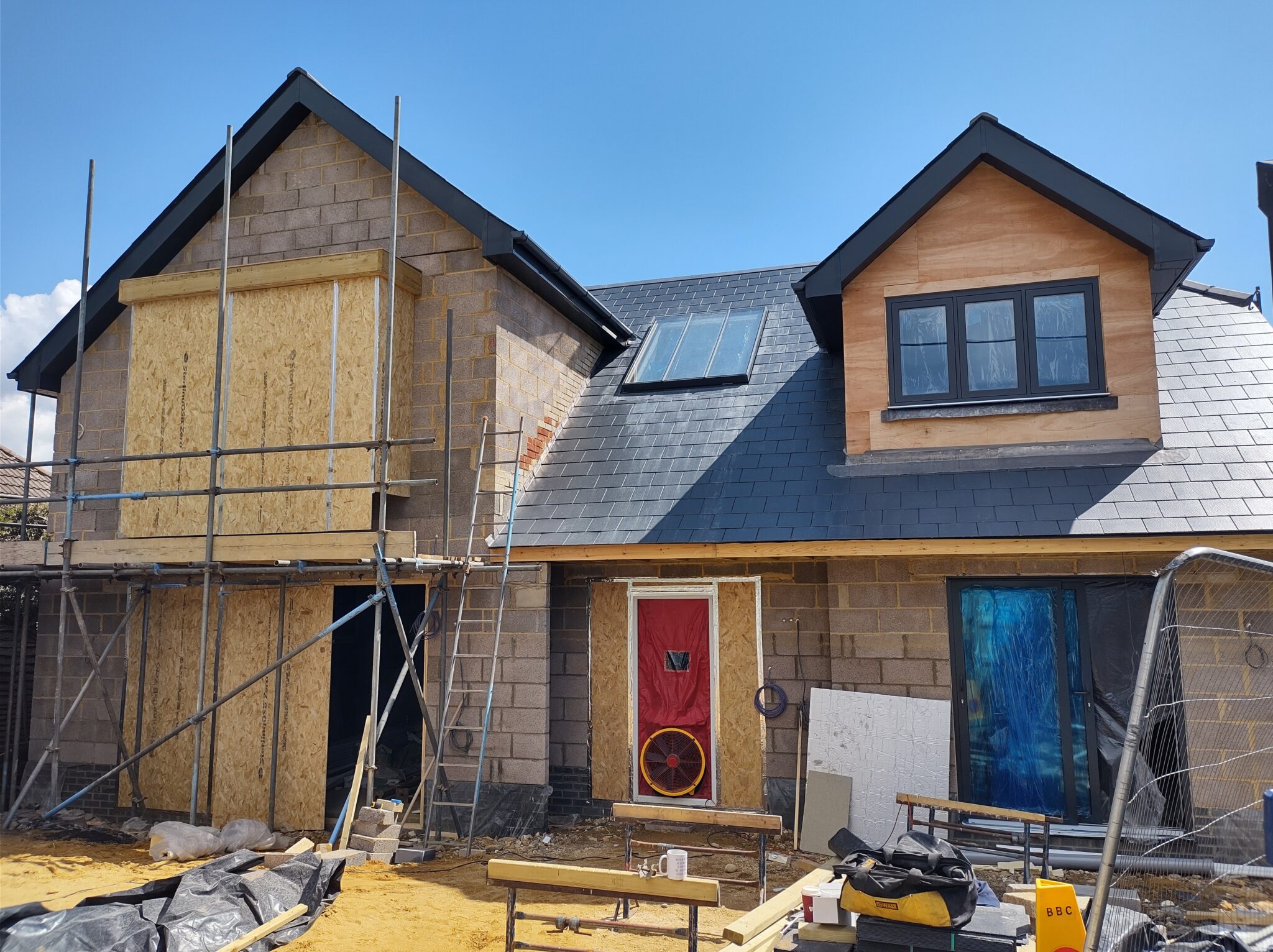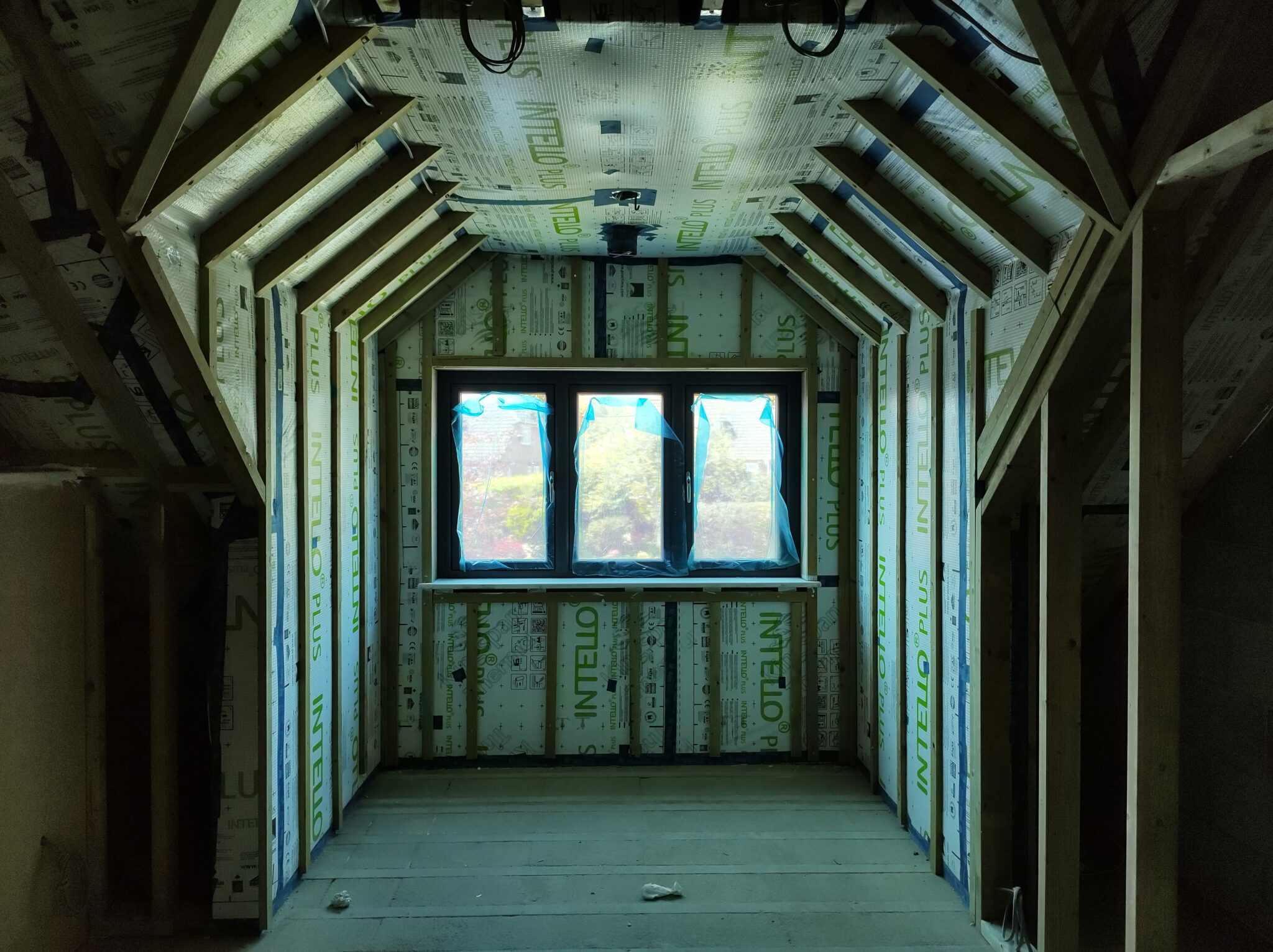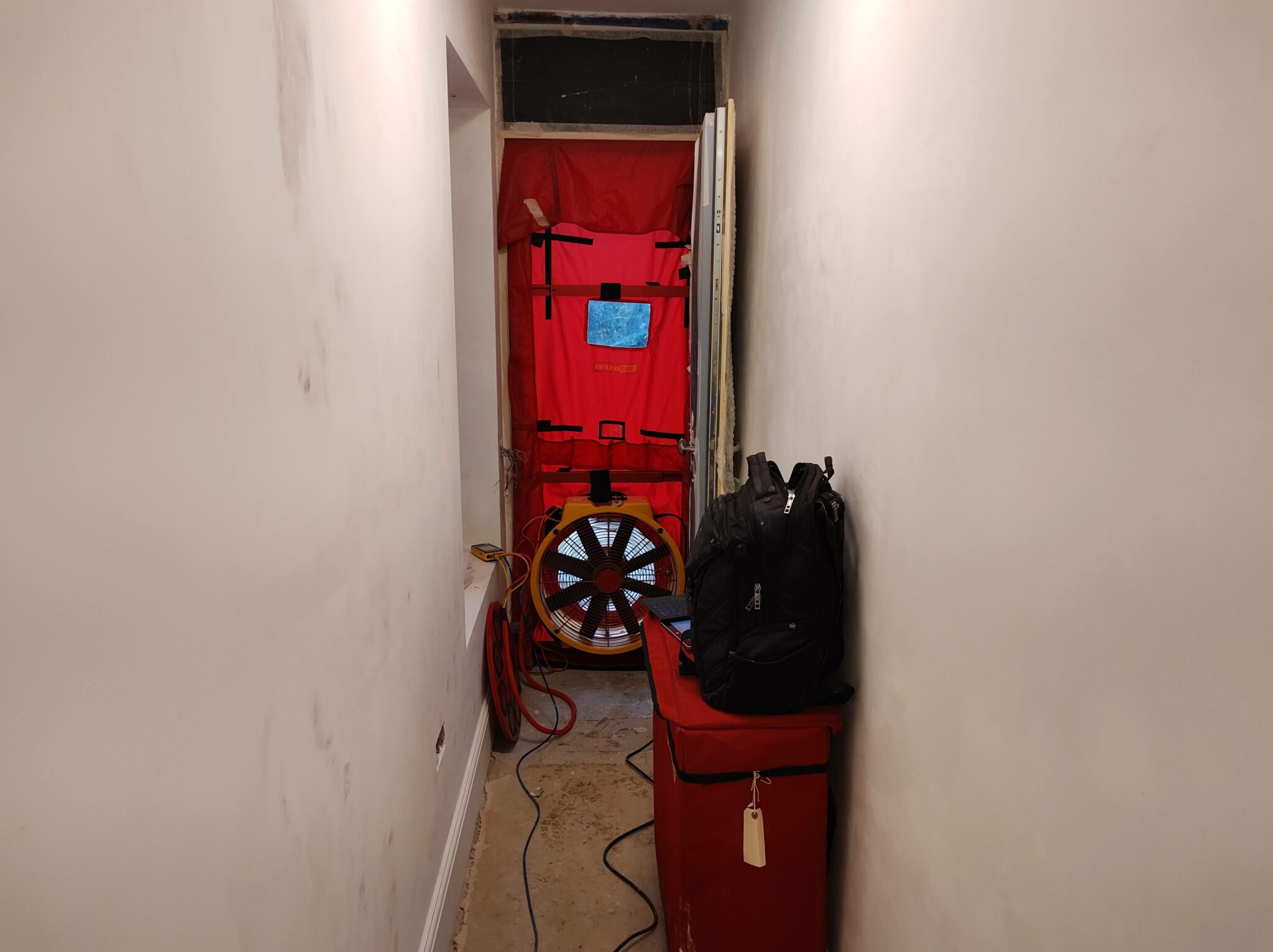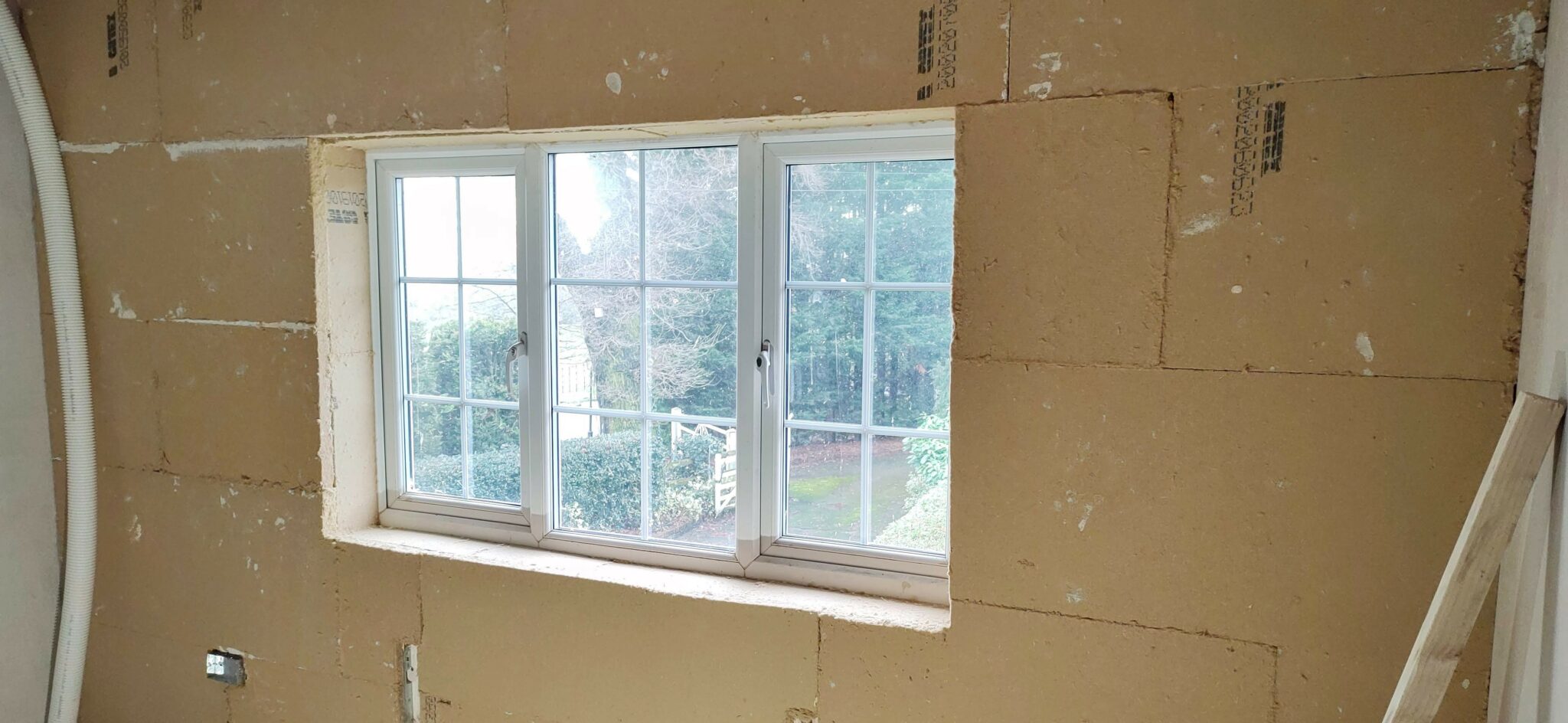Is this how all new homes should be built in 2023? (Case Study)
Heat, Space and Light Ltd has completed the design, supply and commissioning of a Passivhaus-specification MVHR ventilation system for a luxury new build in the northwest of England. The home was also tested by our building airtightness team and achieved an incredibly airtight result of 0.76 m3hr/m2 @50Pa. It’s only slightly shy of a fully-certified … Read more
